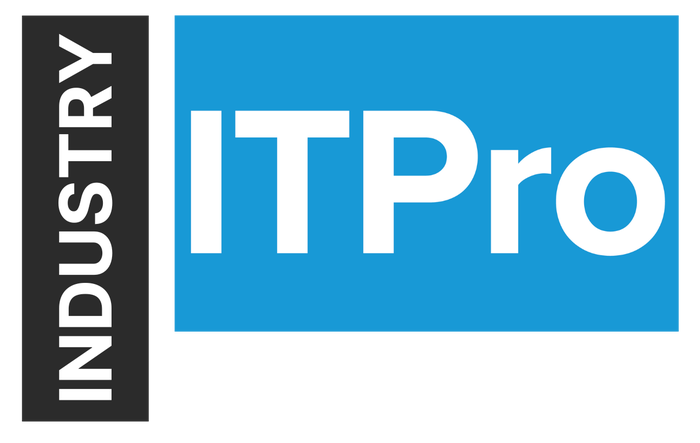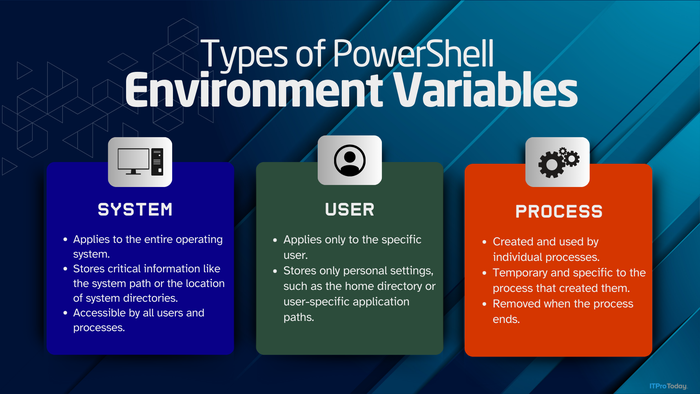
Insight and analysis on the information technology space from industry thought leaders.
Legacy-to-Cloud in the Healthcare Sector: Out with the Old, In with the NewLegacy-to-Cloud in the Healthcare Sector: Out with the Old, In with the New
By migrating from costly, outdated legacy systems to cloud-based solutions, healthcare organizations will experience improved scalability, security, and efficiency.
February 3, 2025

By Mayur Chauhan
Healthcare organizations are prioritizing a shift from outdated legacy systems to cloud-based solutions to optimize costs, enhance data analytics, improve scalability, provide data accessibility, and increase operational efficiency. While cloud migration comes with complexities and challenges, successful migrations are possible with careful planning, stakeholder collaboration, and robust data integration strategies. By leveraging cloud-native technologies, a well-executed migration future-proofs operations and aligns with the growing demand for innovation and superb quality in healthcare.
The Benefits of Legacy-to-Cloud Migration
First and foremost, legacy systems in healthcare — which are often monolithic and inflexible — are expensive to maintain. When healthcare organizations opt for in-house legacy systems over cloud-based solutions, they aren't only paying upfront for the hardware and software. Maintenance, repairs, upgrades, and full-time operations teams ramp up the cost of maintaining legacy systems by hundreds of thousands of dollars. Because these systems require such large budgets, services from legacy-based healthcare organizations typically become more expensive than their cloud-based alternatives. Legacy systems also don't offer the same kind of real-time data sharing and collaboration across locations and devices as their cloud alternatives. As a result, legacy systems drain budgets and jeopardize healthcare accessibility and quality.
Beyond cost, the flexibility of legacy systems pales in comparison to cloud systems. With legacy systems, when data pools expand, organizations need to invest time, money, and human resources to expand their servers. Cloud-based systems, like software-as-a-service (SaaS) models, operate differently. Healthcare organizations can pay their cloud provider for more processing power when there is an explosion in data. This allows them to scale their operations up and down based on real-time requirements. Additionally, organizations only pay for the services they need, whereas the monolithic nature of legacy systems means organizations can spend money on unnecessary services.
Finally — and perhaps most importantly — healthcare organizations operating on legacy systems expose themselves to detrimental cyberattacks and other security risks. Because healthcare organizations gather so much sensitive protected health information (PHI) from their clients, cybercriminals see them as prime targets. As evidence, 2024 saw some of the most dramatic and far-reaching cyberattacks on healthcare in history, impacting hundreds of millions in the United States alone. With generative artificial intelligence (GenAI) and machine learning (ML) in the hands of cybercriminals, healthcare organizations can't afford to rely on outdated legacy systems, which can easily be manipulated and breached by newer, smarter technologies.
Common Cloud Migration Challenges
Considering the high sensitivity of PHI data in the healthcare industry, it's no surprise that data security is one of the most crucial migration challenges to address. It's vital for cloud-based systems to follow robust security measures to protect patient and data privacy in cloud-based systems. It's also imperative to guarantee regulatory compliance with policies set forth by the Centers for Medicare and Medicaid Services (CMS) and the Health Insurance Portability and Accountability Act (HIPAA). Luckily, because cloud technologies are compatible with emerging security tools like GenAI, ML, and blockchain, there are many options for enhancing data security as part of a legacy-to-cloud migration that legacy systems can't match. Plus, the inherent flexibility of cloud-based solutions means that organizations can work to find services that maintain regulatory compliance.
Another considerable risk is system downtime. According to the 2024 Ponemon Healthcare Cybersecurity Report, a typical healthcare outage costs nearly $700,000, or almost $7,500 per minute — not to mention the essential care patients can't receive during system disruptions. Because system downtime is such a high risk during migration, it's key for healthcare organizations to proactively assess and address any issues.
Resistance from stakeholders — IT staff, DevOps teams, and other personnel the change will directly impact — is another significant obstacle for healthcare organizations. It's natural for employees to be hesitant toward change when they have worked with a particular legacy system for years; this is especially true given the high amounts of PHI and other sensitive data these systems contain. The migration process might seem needlessly complex and risky without proper preparation and engagement with these stakeholders. Resistance from disgruntled employees can grow into costly and time-consuming mitigation regarding privacy, security, and regulatory compliance if not addressed.
Confronting the Challenges: A Step-by-Step Plan
While there are risks, the cloud's compatibility with new technologies, more affordable operating costs, enhanced security, and added flexibility still make migrating to the cloud a clear choice for healthcare organizations. By following these steps, any healthcare organization can guarantee a seamless, effective transition:
Assess existing systems, workflows, and data for strengths and weaknesses. Note what needs to be improved and which areas are already optimized.
Design a goal-oriented implementation strategy. Fully understand all organizational needs and assess and prioritize how existing systems guarantee regulatory compliance.
Engage stakeholders. Identify and mitigate all concerns from impacted personnel and clients. Provide resources, training, and support throughout the migration. This is crucial to guarantee a smooth transition.
Choose a provider. Cloud providers offer distinct services and can help accomplish specific goals. Become familiar with what each service offers, and which best fits all established organizational goals.
Meticulously plan and execute data migration. To mitigate downtime and ensure continuity, migrate data in phases. Use data cleansing and normalization techniques to eliminate redundancies and inconsistencies, and employ middleware and application planning interfaces (APIs) to bridge gaps between legacy and cloud platforms.
Test and validate the new system. It's paramount to do this before the launch. Ensure data integrity and accuracy; evaluate performance, security, and compliance; and proactively identify and resolve issues.
Legacy Systems Are Out … and There's a Reason
Just as AI and ML have shifted the IT paradigm, cloud-based solutions have rendered legacy systems relics of the past. Cloud-based solutions offer more cost-efficient, scalable, and secure data storage and processing alternatives. They also allow healthcare organizations — from insurers to providers — to provide more effective and safer client services at a lower cost. With proper planning, a deep understanding of organizational needs, and the support of essential stakeholders, the healthcare sector can confidently rely on cloud-based solutions for years to come.
About the Author:
Mayur Chauhan is a systems analyst, senior advisor, and Agile lead with more than 18 years of experience in IT, specializing in the U.S. healthcare domain. He has expertise in system analysis, solution design, and tools like FACETS. Mayur has extensive experience with billing systems, claims processing, and membership functionalities, leading cross-functional teams and delivering innovative solutions. He holds a bachelor's degree in information technology from Mumbai University and is a certified SAFe Agilist. Connect with Mayur on LinkedIn.
Read more about:
HealthcareAbout the Author
You May Also Like








.jpg?width=700&auto=webp&quality=80&disable=upscale)
